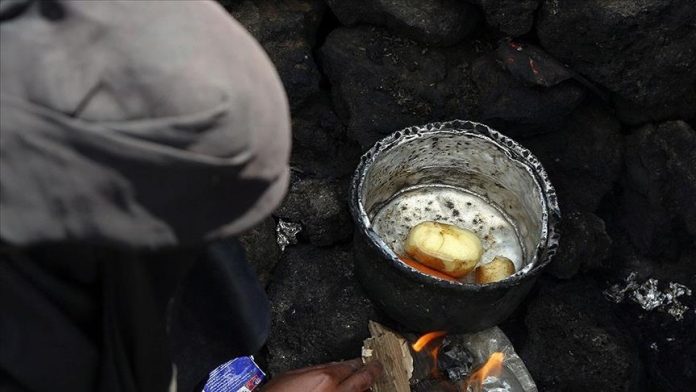According to the UN Development Program, the continuing Russia-Ukraine war has caused poverty to affect 71 million people (UNDP).
There will likely be more poor people in the world as a result of the war’s effects on food and energy prices.
In the first three months of the war, which began on February 24, around 51 million people slipped below the poverty line, according to the UNDP report on the consequences of the Russia-Ukraine war.
The war has also led 20 million people’s daily incomes in lower-middle income countries to fall below the poverty level of $3.20, increasing the percentage of the world’s poor to 9%.
The COVID-19 pandemic increased the number of individuals working for less than $2.15 per day by 8.1% and caused up to 163 million people to drop below the poverty line in the past year.
According to the World Bank, there will be an increase of 75–95 million this year.
In addition, food inflation is anticipated to worsen the plight of the poor, with estimates ranging from two-thirds of per capita income in lower-income countries to a quarter of income in wealthy nations being spent on food.
According to pre-pandemic forecasts, the World Bank stated that it aimed to lower the percentage of the poor to 3% by 2030, yet the coronavirus pandemic has made this goal more challenging to fulfill.
South Asia has 50% of the world’s poor.
According to UN statistics, South Asia is home to half of all people who live in extreme poverty.
One-third of the world’s poor live in sub-Saharan Africa, while the population of the poor in the Middle East and North Africa has more than doubled since 2015.
All socioeconomic categories were affected by the epidemic, despite the fact that the domestic wars in Syria and Yemen had the greatest influence on the Middle East.
According to the data, the COVID-19 has given the last 30 years’ worst damage to international efforts to combat poverty.

